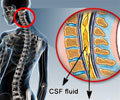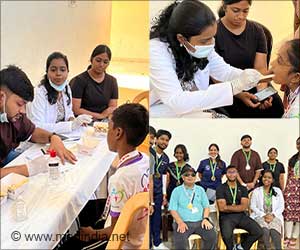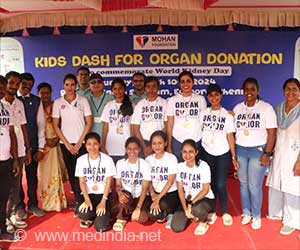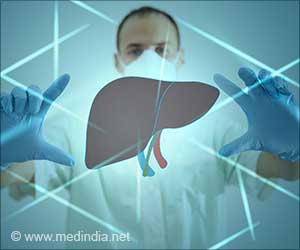
"The aim of our study was to analyze the expression profile of receptors in ependymal-derived neurospheres and to determine which receptors were functional by analysis of intercellular Ca2+ concentration," said study co-author Dr. Rosa Gomez-Villafuertes of the Department of Biochemistry at the Veterinary School at the University of Complutense in Madrid, Spain. "We demonstrated for the first time that epSPCs express functional ionotropic P2X4 and P2X7 and metabotropic P2Y1 and P2Y4 receptors that are able to respond to ATP, ADP and other nucleotide compounds."
When they compared the epSPCs from healthy rats to epSPCs from rats modeled with SCI, they found that a downregulation of P2Y1 and an upregulation of P2Y4 had occurred in the epSPCs in the SCI group.
"This finding opens an important avenue for potential therapeutic alternatives in SCI treatments based on purinergic receptor modulation," the researchers concluded.
Source-Eurekalert















